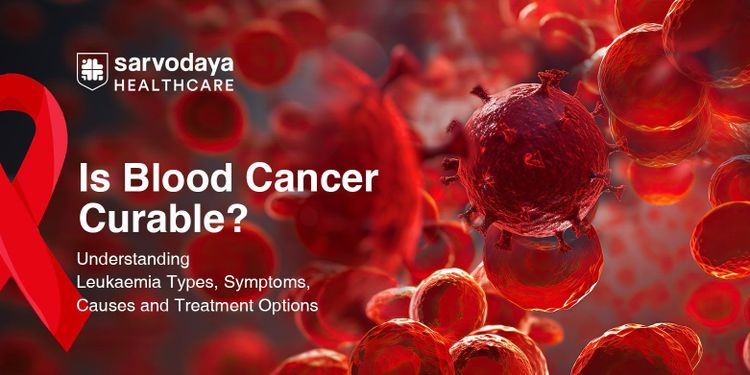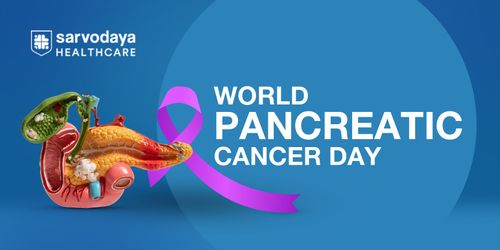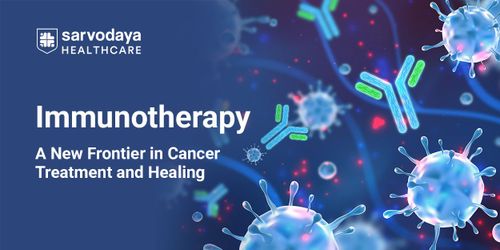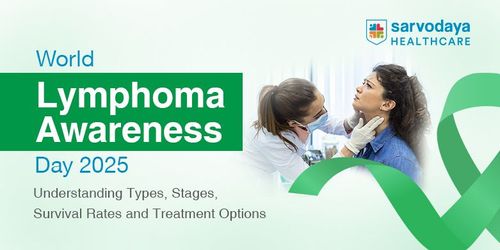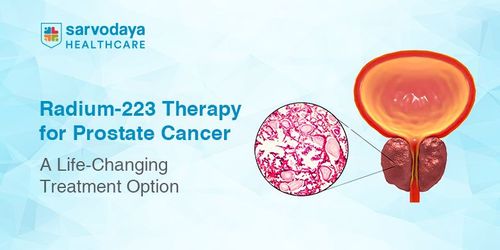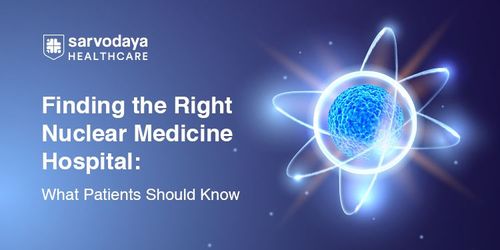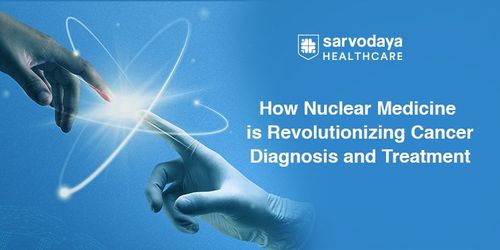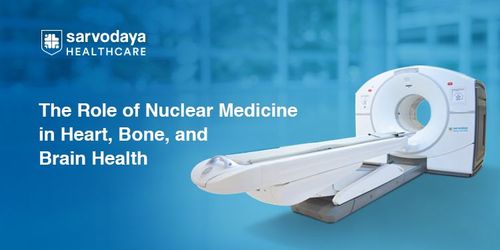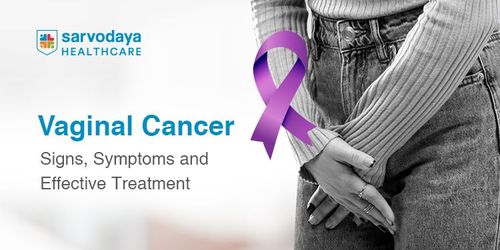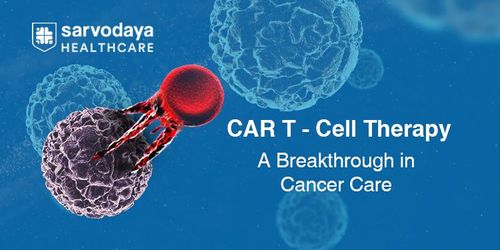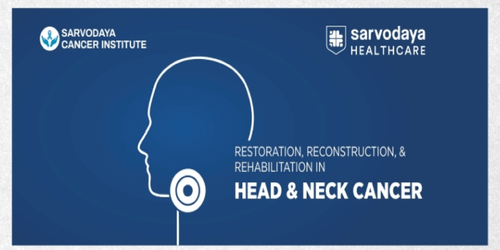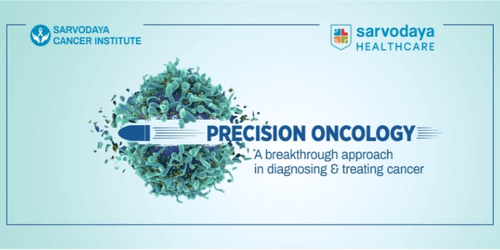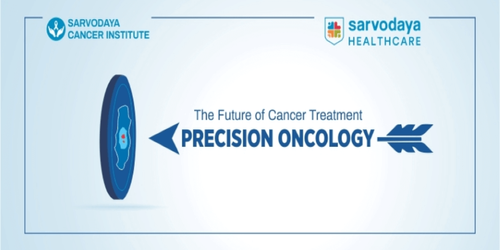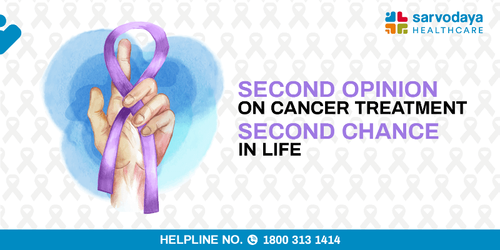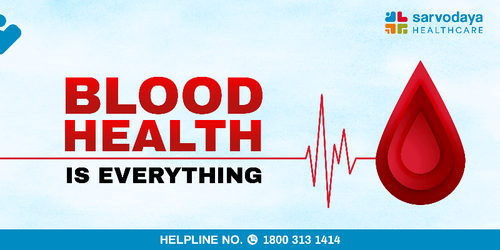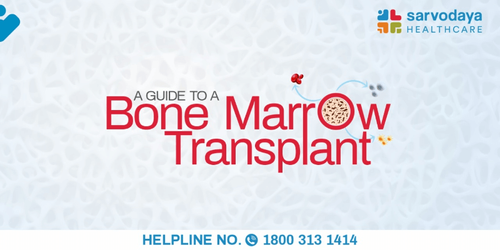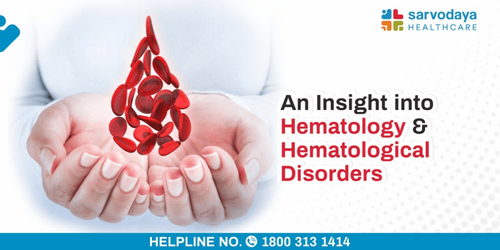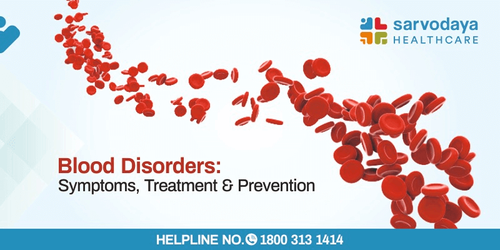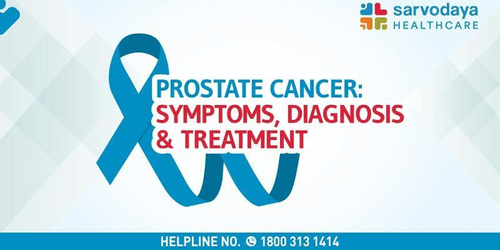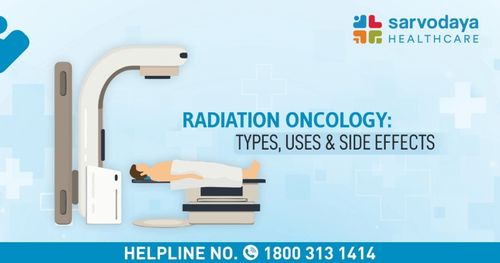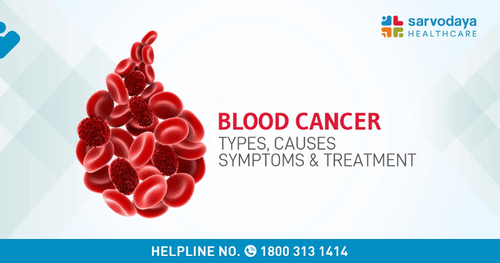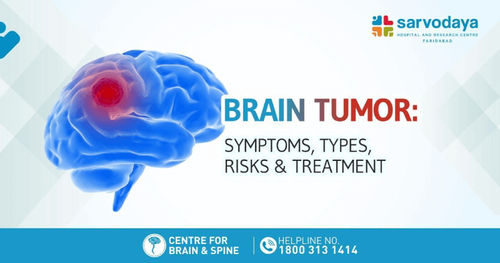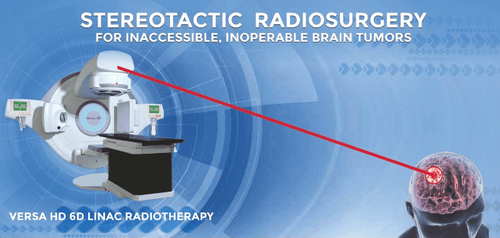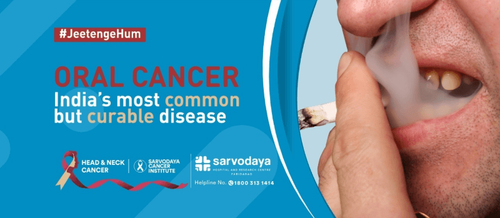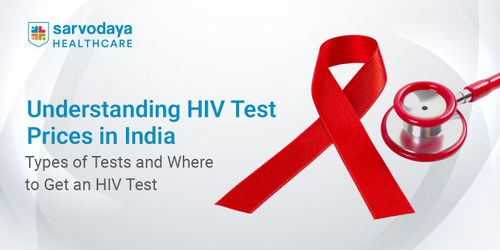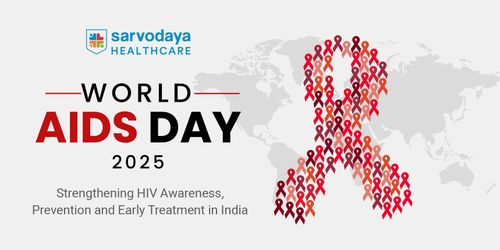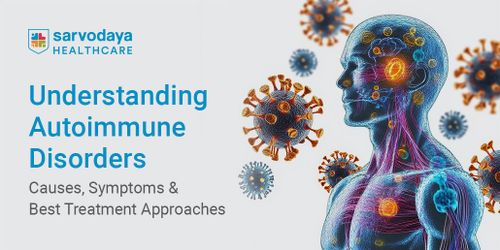Getting diagnosed with blood cancer is physically exhausting and emotionally overwhelming. Be it the uncertainty of treatment or the difficulties of living with daily symptoms, this condition impacts the quality of life significantly. The good news is that with rapid medical advancements, this disease is becoming more manageable and, in many cases, can even be cured.
In this blog, we discuss the types and causes of blood cancer, and examine the symptoms appearing in different stages.
Understanding Blood Cancer and Its Causes
Blood cancer refers to a group of cancers affecting the blood, the bone marrow, or the lymphatic system. They start when the growth of abnormal blood cells gets out of control, interfering with the normal functions of the body.
Blood cancer has three main types:
- Leukaemia: This cancer originates in the blood and the bone marrow, leading to rapid production of abnormal white blood cells.
- Lymphoma: It targets the lymphatic system, which is a part of the immune system.
- Myeloma: Begins in the plasma cells found in bone marrow.
In most cases, blood cancer occurs when the genes in the blood cells mutate, causing them to behave abnormally. These abnormal cells don’t die as they should and keep on dividing, crowding out the healthy cells. If left untreated, this uncontrolled growth disrupts normal blood function and may cause severe complications.
Read More- Blood Cancer - Types, Causes, Symptoms & Treatment
Recognising Blood Cancer Symptoms
Early detection of the cancer is the key to effective treatment, and recognising the signs can help to speed up diagnosis. The blood cancer symptoms usually differ depending on the type and stage of the disease. Most symptoms in the early stages are subtle and may be confused with other common illnesses, which is why awareness is so important.
The most common blood cancer first-stage symptoms are:
- Persistent fatigue or weakness
- Unexplained weight loss
- Frequent infections or slow healing
- Repeatedly occurring fever or chills
- Night sweats
- Shortness of breath and pale skin
As the disease progresses, blood cancer’s last-stage symptoms may become more serious and frequent:
- Bone or joint pain
- Enlarged lymph glands, liver, or spleen
- Bruising or bleeding easily (including gum bleeds or nosebleeds)
- Swelling in the abdomen
- Petechiae (tiny red spots on the skin)
These symptoms cannot confirm a diagnosis in themselves, but they should not be overlooked, especially if they persist or worsen over time.
Types of Leukaemia
Leukaemia is categorised on the basis of how quickly it progresses (acute or chronic) and the type of blood cell affected (myeloid or lymphoid).
The main types of blood cancer are:
- Acute Myeloid Leukaemia (AML): AML affects the myeloid cells and spreads quickly. It is more prevalent among the elderly. Acute myeloid leukaemia progresses in three major stages: the early stage (showing minimal symptoms), the intermediate stage (where symptoms worsen), and the advanced stage, which may involve serious complications like bleeding and infections.
- Acute Lymphoblastic Leukaemia (ALL): ALL is common among children, but it can affect adults as well. It progresses rapidly and affects lymphoid cells, impacting the immune system.
- Chronic Myeloid Leukaemia (CML): CML develops slowly and may not cause symptoms in its initial stages. It typically affects elderly people and is associated with a specific genetic mutation (Philadelphia chromosome).
- Chronic Lymphocytic Leukaemia (CLL): CLL is the most common kind of leukaemia in adults and develops slowly. Many CLL patients may not require urgent treatment and can live for years without symptoms.
Recognising the types of leukaemia helps in diagnosing blood cancer and formulating the most effective treatment plan as per the expected progress of the disease.
Causes and Risk Factors of Blood Cancer
Although the exact leukaemia cause is not always known, several contributing factors have been identified that may increase the risk of developing the disease.
Here are some of the most common leukaemia causes and risk factors:
- Genetic Mutations: Specific gene changes or chromosomal abnormalities, such as the Philadelphia chromosome in CML.
- Family History: Having a close relative with blood cancer may raise the risk.
- Radiation Exposure: Exposure to high levels of radiation, such as in cancer treatment or due to nuclear disasters.
- Chemical Exposure: Contact with certain industrial chemicals, such as benzene, has been linked to leukaemia.
- Smoking: Tobacco increases the risk significantly, particularly of AML.
- Weakened Immune System: People with autoimmune disorders or those on immunosuppressive therapy are at greater risk.
Treatment Options for Blood Cancer
Modern medicine offers multiple effective treatment options to treat blood cancer. The treatment is tailored based on the type of cancer, stage, patient's age, and overall health of the patient.
The most popular treatment options include:
- Chemotherapy: The most widely used method, it involves the use of powerful drugs to destroy aggressively growing cancer cells.
- Radiation Therapy: High-energy rays target and kill blood cancer cells or shrink enlarged lymph nodes.
- Targeted Therapy: Medications designed to attack specific abnormalities in cancer cells, such as those used in treating CML.
- Immunotherapy: It boosts the body’s immunity to fight cancer more effectively.
- Bone Marrow or Stem Cell Transplant: Replaces destroyed or damaged bone marrow with healthy stem cells to restore the immune system.
Apart from the above-mentioned methods, CAR T-cell therapy for blood therapy is a promising development in cancer treatment. It is a type of immunotherapy in which T-cells, a type of white blood cell, are modified to recognise cancer cells better and attack them. It is a new treatment increasingly preferred over chemotherapy and radiation therapy, as it does not harm the healthy cells.
Conclusion
Informing yourself of the blood cancer first-stage symptoms and understanding the different acute myeloid leukaemia stages can be the key to seeking timely help. Despite the condition being overwhelming, most types of leukaemia respond well to treatment, making it possible to lead a healthy and fulfilling life after recovery.
At Sarvodaya Hospital, Faridabad, patients can avail themselves of world-class cancer care guided by expert oncologists and haematologists. The blood cancer hospital in Faridabad offers state-of-the-art diagnostics, targeted therapies, CAR T-cell therapy, and other treatment options for comprehensive blood cancer treatment. Book a consultation at Sarvodaya Hospital to take your first step towards better health.


